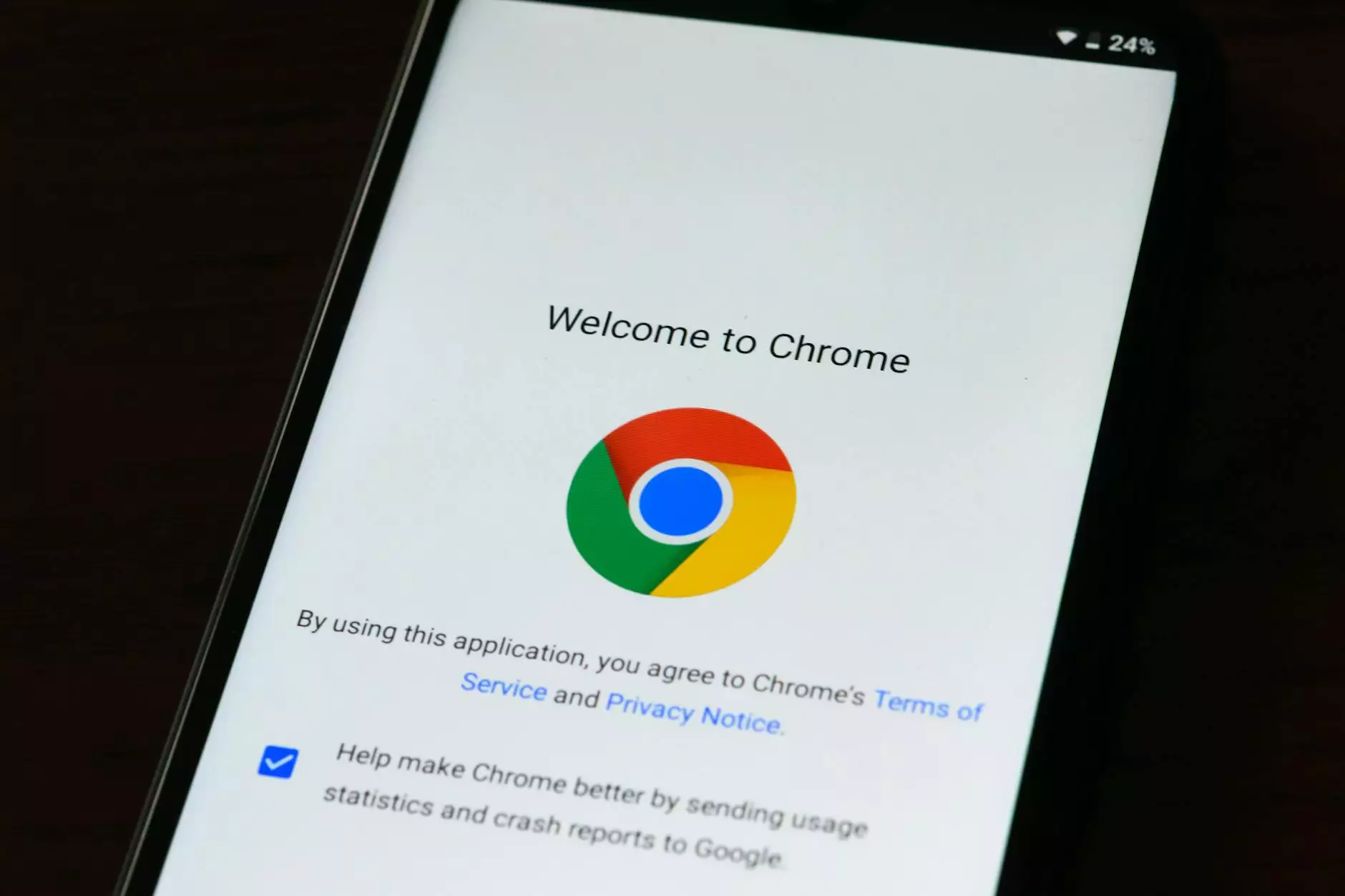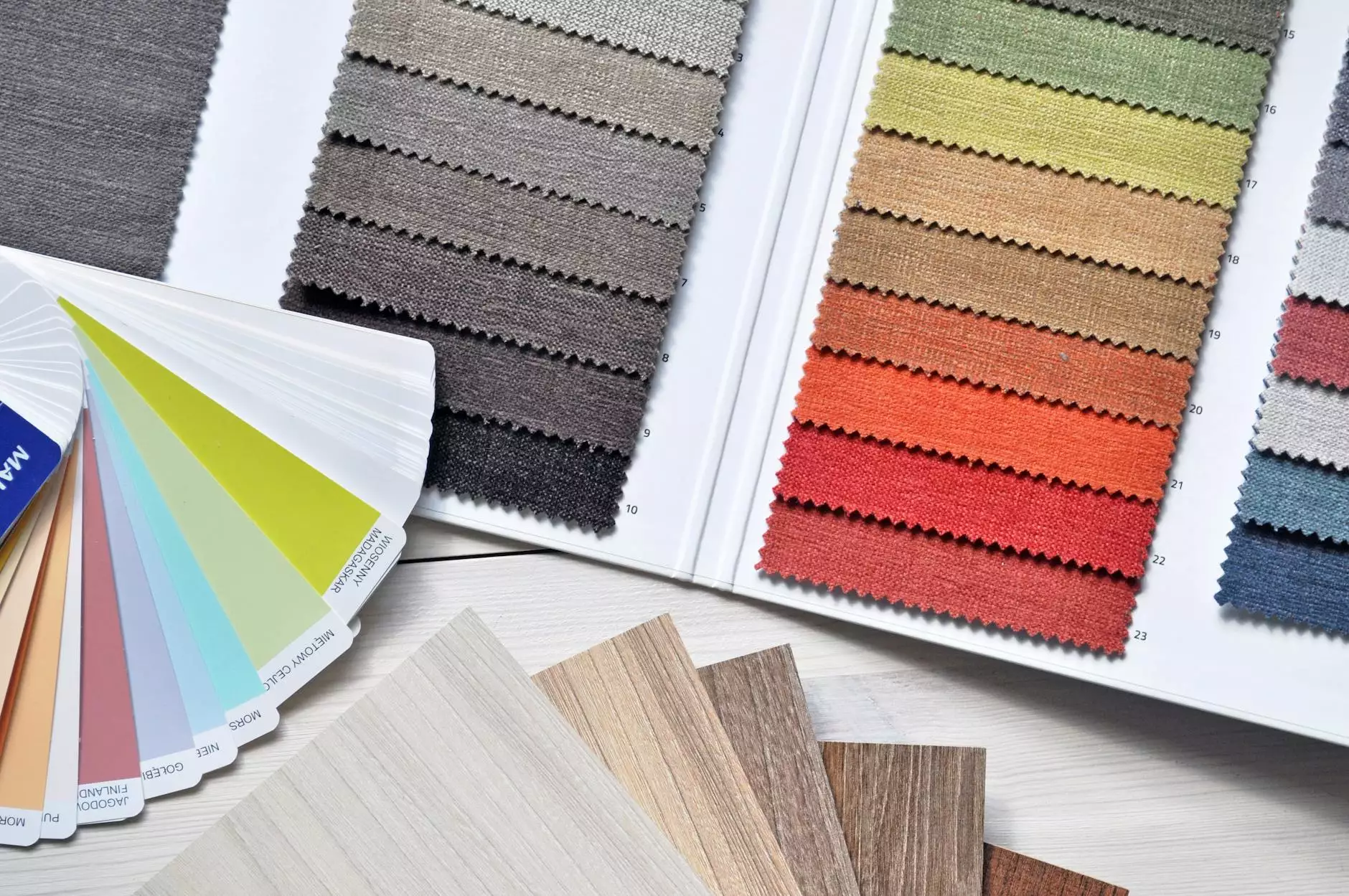A Simple Intro To Search Engine Optimization [Infographic]
Resources
Understanding Search Engine Optimization for Visual Arts and Design
Welcome to Megan Berg Designs, your trusted resource for all things related to visual arts and design. In this comprehensive guide, we will introduce you to the world of Search Engine Optimization (SEO) and its relevance in the arts and entertainment industry.
Why SEO Matters for Visual Artists and Designers
In today's digital age, it's crucial for visual artists and designers to establish a strong online presence. SEO plays a vital role in increasing the visibility of your artworks, designs, and creative services on search engines like Google. By implementing effective SEO strategies, you can attract more organic traffic, reach a wider audience, and ultimately boost your online success.
The Key Elements of SEO
SEO consists of various elements that work together to improve your website's ranking on search engine results pages (SERPs). These elements include:
- Keyword Research: Find the right keywords that your target audience is using to search for visual arts and design-related content.
- On-Page Optimization: Optimize your website's HTML tags, meta descriptions, headings, and content to ensure search engines can understand and rank your pages appropriately.
- Quality Content: Create high-quality, informative, and engaging content that resonates with your audience and encourages sharing and link building.
- Link Building: Earn backlinks from reputable websites and online platforms to increase your website's authority and credibility in the eyes of search engines.
- User Experience: Enhance your website's usability and navigation to provide a seamless experience for your visitors, which in turn can improve your search rankings.
- Social Media: Leverage social media platforms to promote your artworks and engage with your audience, thereby increasing brand awareness and driving more traffic to your website.
Implementing SEO Strategies for Visual Arts and Design Websites
Now that we've covered the key elements of SEO, let's dive deeper into how you can implement these strategies effectively for your visual arts and design website:
1. Conduct Thorough Keyword Research
To optimize your website for search engines, start by conducting comprehensive keyword research. Use tools like Google Keyword Planner and SEMrush to identify relevant keywords with high search volumes and low competition. These keywords will form the foundation of your SEO strategy.
2. Optimize On-Page Elements
Make sure each page on your website has a unique, keyword-rich title tag and meta description. These elements provide a brief summary of your page's content and play a crucial role in attracting clicks from search engine users. Additionally, use HTML heading tags (H1, H2, H3, etc.) to structure your content and highlight important sections.
3. Create Engaging and Informative Content
Producing high-quality content is paramount to the success of your visual arts and design website. Develop blog posts, articles, and galleries that showcase your artworks, provide industry insights, and offer valuable information to your target audience. Remember to optimize your content with relevant keywords, but ensure it flows naturally and appeals to human readers.
4. Earn Backlinks from Reputable Sources
Building a strong network of backlinks is essential for improving your website's authority. Reach out to influential bloggers, art critics, and design enthusiasts in your industry and request them to feature your work or provide a guest blog post. Additionally, actively participate in online communities and forums to establish yourself as an expert and attract organic backlinks.
5. Enhance User Experience
A user-friendly website is crucial for retaining visitors and encouraging them to explore your artwork and design offerings. Optimize your website's loading speed, ensure responsive design across devices, and make navigation intuitive. Providing a positive user experience not only keeps users on your site but also signals to search engines that your website is trustworthy and valuable.
6. Leverage Social Media
Social media platforms provide an excellent opportunity to showcase your visual arts and design work to a wider audience. Share high-quality images, videos, and updates on platforms like Instagram, Facebook, and Pinterest, and engage with your followers. By building a strong social media presence, you can increase your website's visibility and attract potential customers.
Conclusion
Search Engine Optimization is a powerful tool for visual artists and designers who want to establish a prominent online presence. By implementing effective SEO strategies, you can improve your website's visibility, attract more organic traffic, and ultimately increase your chances of success in the arts and entertainment industry. Remember to stay updated with the latest SEO trends and adapt your strategies accordingly to stay ahead of the competition.




